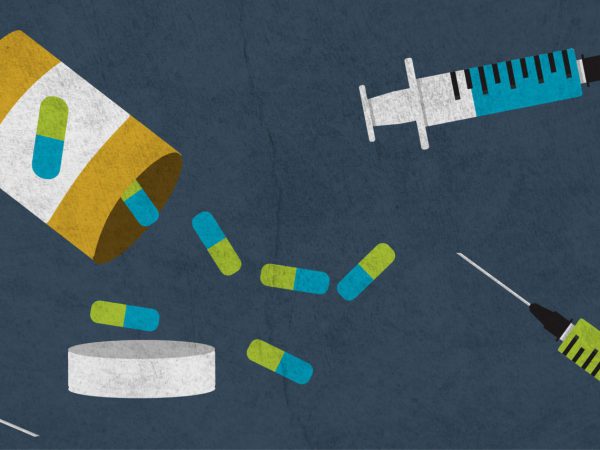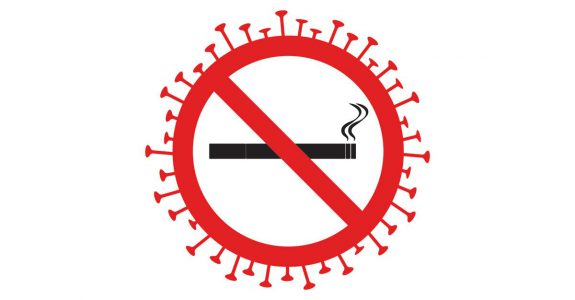Claire Fiddian-Green is the President & CEO of the Richard M. Fairbanks Foundation.
Prior to the COVID-19 pandemic, Marion County ranked among the highest in Indiana for the number and rate of fatal drug poisonings (overdose deaths). The pandemic has only exacerbated the problems associated with substance use disorder (SUD), as treatment and prevention strategies are now required to adapt to the impact of the pandemic. Taking a comprehensive approach to addressing SUD is critical, since those suffering from the chronic disease often struggle with mental health disorders and also misuse multiple substances. In addition, the types of substances that afflict Hoosiers are ever-changing.
Addressing substance misuse among Hoosiers requires a three-pronged approach of substance use prevention, treatment and harm reduction. Lessons from three reports commissioned by the Richard. M. Fairbanks Foundation and released throughout 2020 (the latest of which was released just this month) offer guidance on potential strategies to address SUD. The recommendations within these reports resonate even more during this time of uncertainty and increased need.
The first two reports released prior to the pandemic, one by the American Institutes for Research (AIR) and one by Community Solutions, offered findings and recommendations on how to help people in Marion County access SUD treatment under more normal conditions.
The AIR report found that stigma around treating Opioid Use Disorder (OUD) with evidence-based medications such as methadone and buprenorphine – also known as Medications for Opioid Use Disorder (MOUD) – keeps too many Indianapolis residents from getting the treatment they need. The study also identified barriers – including lack of access to transportation and stable recovery housing, and schedule conflicts between treatment-providers’ hours of operation and patients’ work schedules – that underlie Indianapolis’ challenging treatment landscape.
The report by Community Solutions took advantage of the City of Indianapolis’ plans to develop a new courthouse and jail complex to increase the understanding of the current community-wide capacity to provide mental health and/or SUD services to individuals in Marion County. The findings in the report were intended to better arm community leaders making the critical decision about where to invest resources to have the greatest impact on the availability of treatment services for those in need. Findings from the study made clear that there are thousands of people receiving services each month through many programs (inpatient, outpatient, residential, and recovery housing), for all service types (mental health, substance abuse, and dual diagnosis), but that many programs are operating at or below capacity. However, in the criminal justice and social services sectors there is an inadequate supply of accessible services for those with mental health needs or SUD.
The barriers identified in these two studies and the stigma tied to proven treatments are challenges of ever-increasing urgency as homeless shelters pass their capacity and hospitals focus limited resources on confronting COVID-19 related health concerns.
The third and most recently released report – an evaluation of a pilot program called Project POINT (Planned Outreach, Intervention, Naloxone, and Treatment) operated within the Eskenazi Health Emergency Department (ED) – shared the outcomes from Project POINT and its ability to help address the opioid crisis.
Project POINT started with two simple goals: (1) provide patients revived from a drug poisoning with access to the opioid overdose reversing drug naloxone (also known by the brand name Narcan®), and (2) connect those same patients with long-term SUD treatment. Most notable to this expansion was the addition of two peer recovery coaches (PRCs), who are individuals in recovery that provide support for individuals living with SUD. The evaluation found that Project POINT is helping connect Hoosiers grappling with opioid use disorder to treatment and begin their journey of life-long recovery.
Under the best of conditions, helping people who are living with SUD successfully engage with treatment is possible but challenging. As our social safety-net is stretched to address the more immediate needs of COVID-19, we cannot ignore or forget the needs, barriers and issues identified in these three reports, the severity of which has only intensified over the course of the pandemic. The added dimension of COVID-19 and its associated challenges should cause us to redouble community efforts to address both unfamiliar and ongoing problems related to SUD in Marion County.



